Newly developed molecular system makes efficient conversion of sunlight and indoor LEDs into ultraviolet light possible to power photocatalysts that enable a variety of useful reactions.
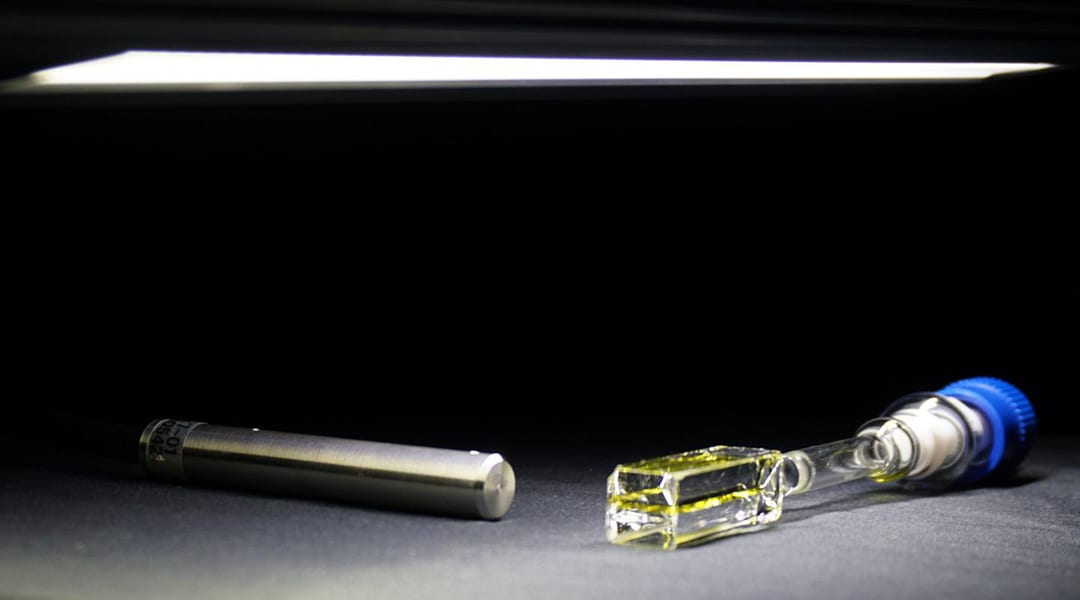

Newly developed molecular system makes efficient conversion of sunlight and indoor LEDs into ultraviolet light possible to power photocatalysts that enable a variety of useful reactions.

A low temperature water-splitting protocol uses microwave power in lieu of concentrated solar energy.

Much like a zipper, carbene molecules cooperate on a gold surface to join two rows of atoms into one row, resulting — step by step — in a new surface structure.
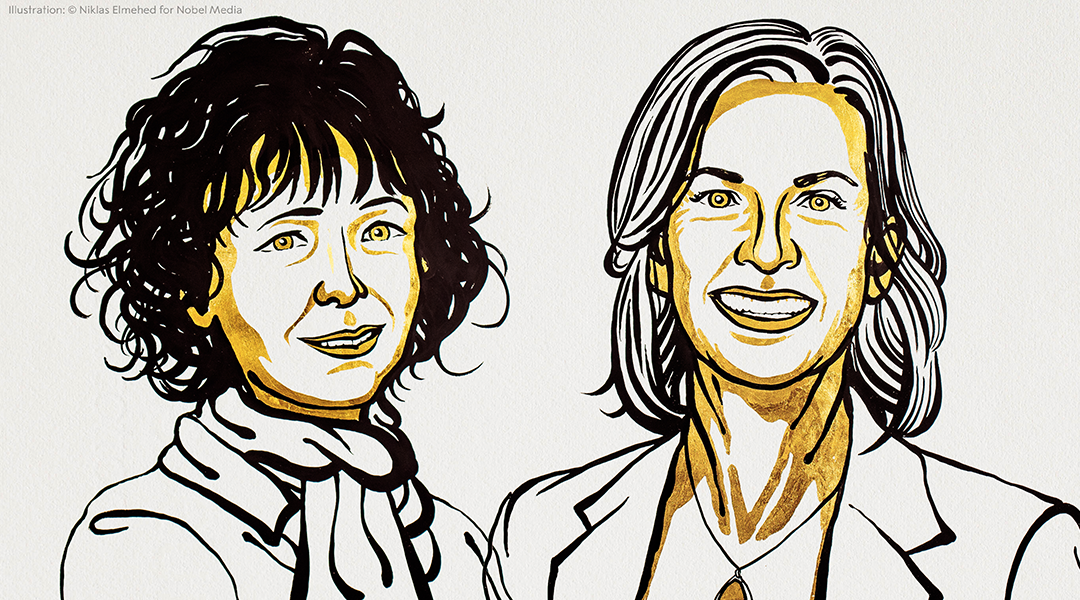
For the first time, two women share the Nobel prize for chemistry. Their work with CRISPR helped usher in a new generation of precision genome editing.
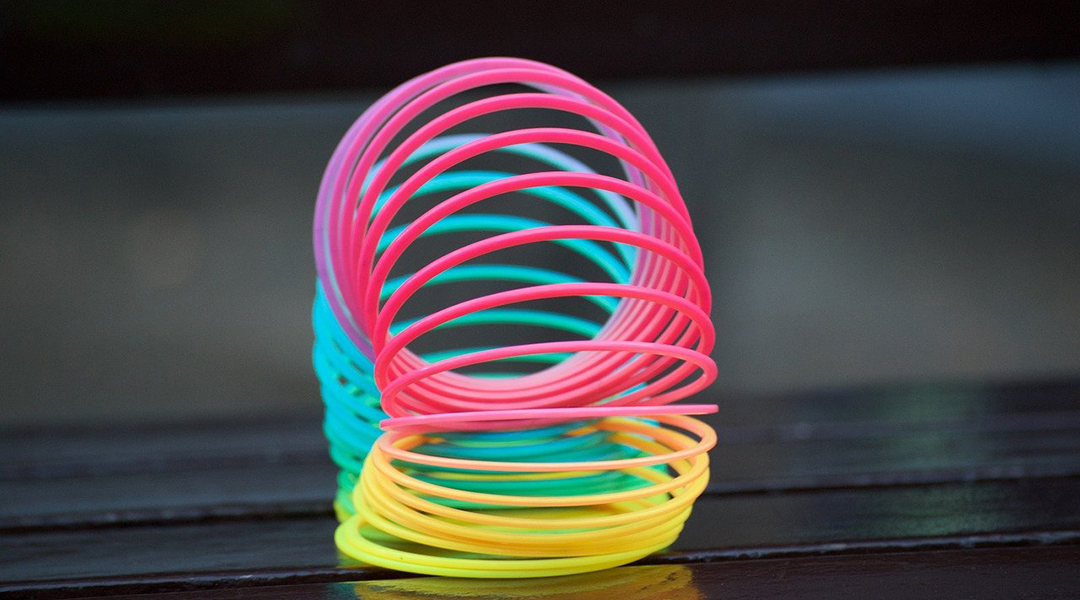
Researchers at Hokkaido University call into question the strong and stable image of the carbon-carbon single bond.

Pressing a layered crystal onto a gold surface is all it takes to pull off a 2D atomic layer, a method that outperforms scotch tape on industrially relevant scales.
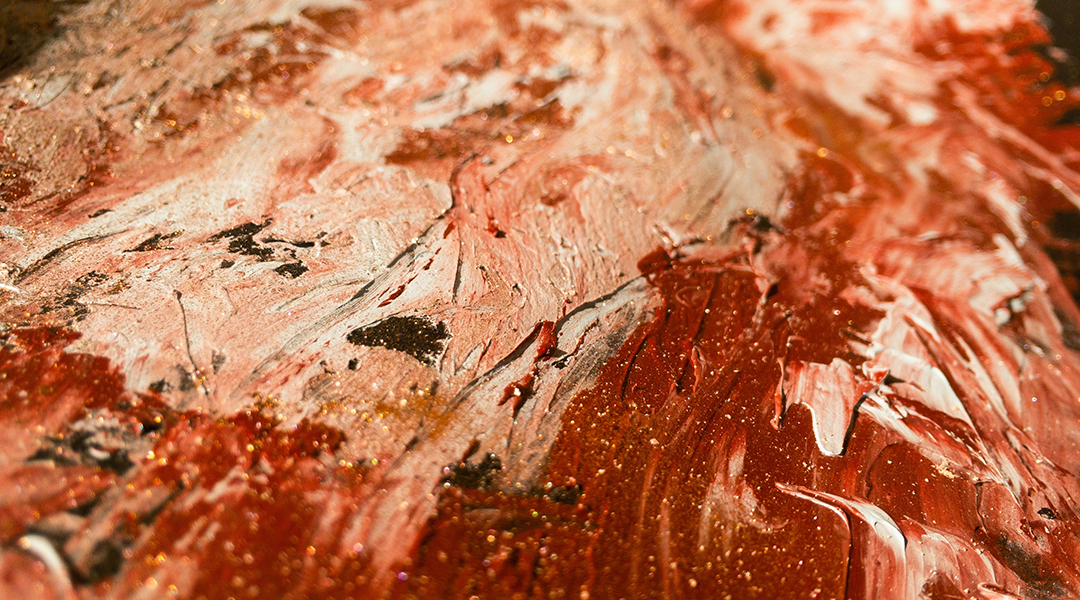
Solid-state physicists and materials chemists are now in excellent “shape” to expand and accelerate their explorations of the science of topological materials for a wide range of possible applications.
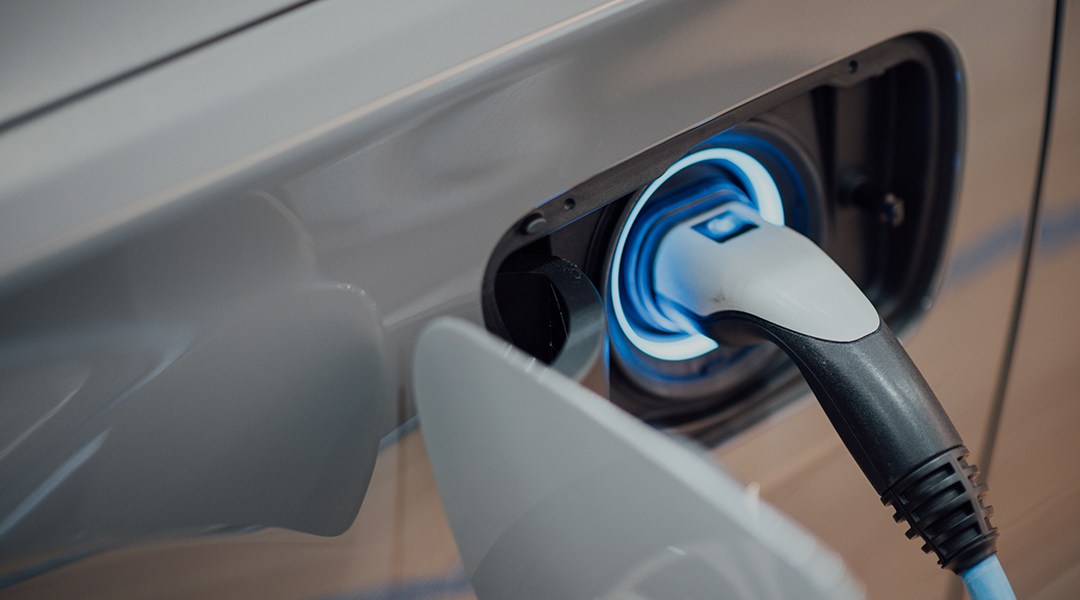
A new titanium nitride sulfur composite reduces the notorious shuttle effect and improves the overall performance of lithium-sulfur batteries.
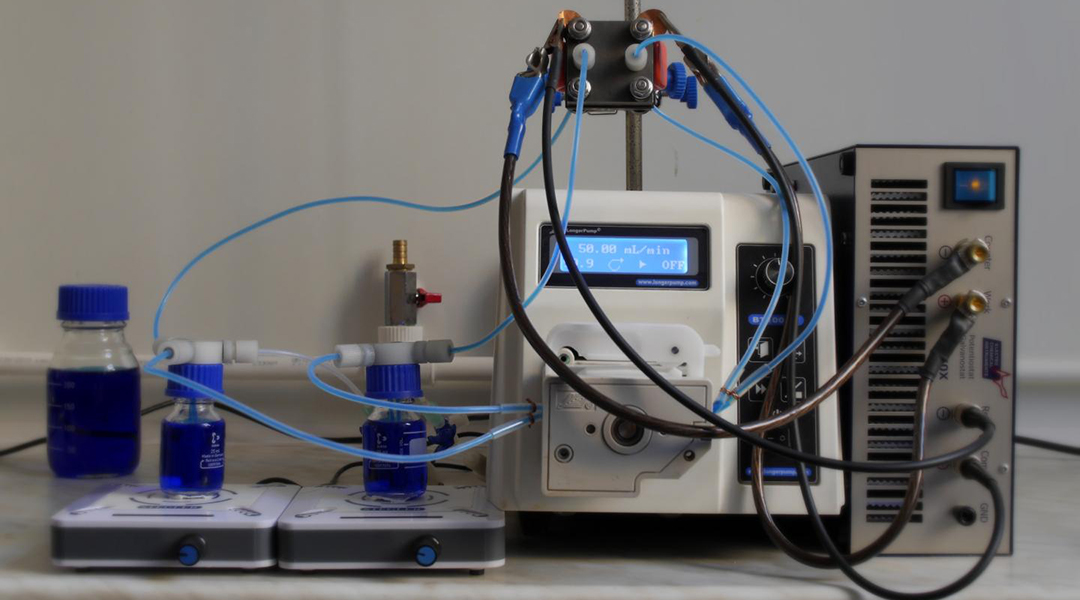
A new design for vanadium redox flow batteries could help fundamental research and accelerate commercialization of this energy storage technology.
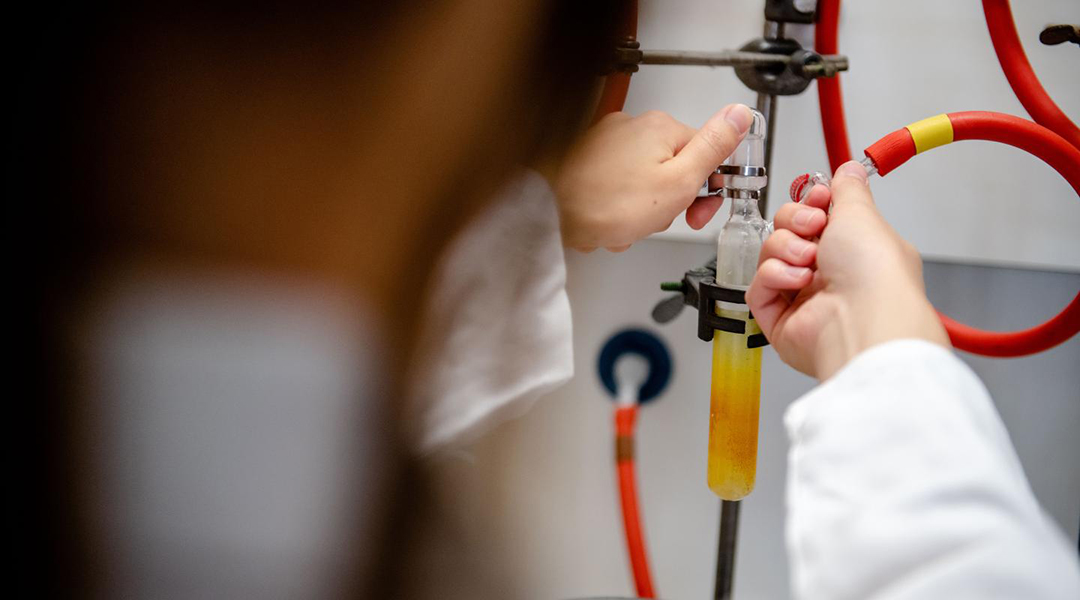
A new catalyst facilitates the first general protocol for the cross-coupling of aryl chlorides and reactive organolithium reagents.